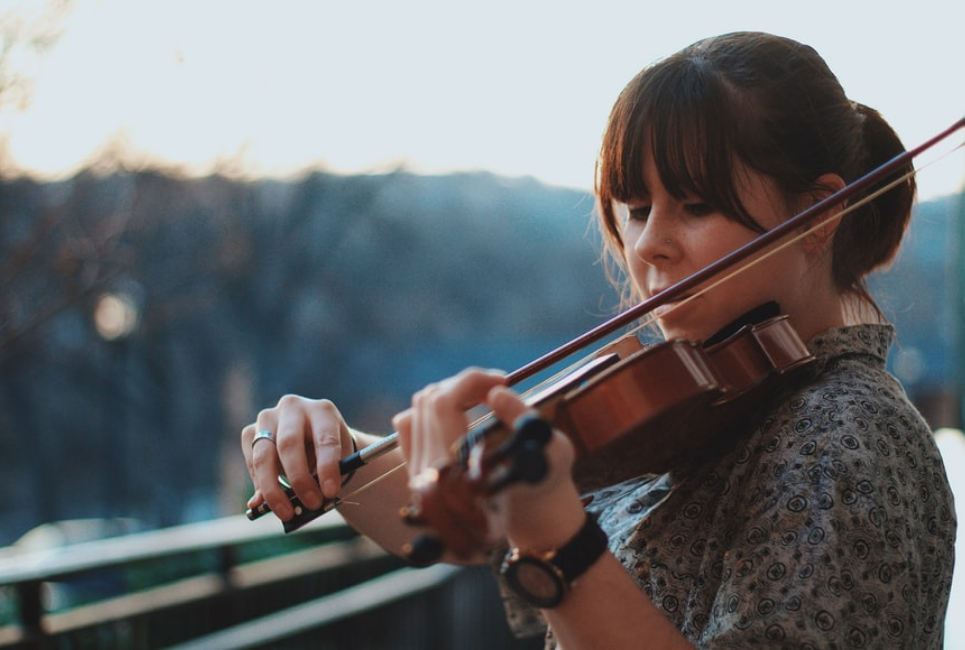- How to Clean Trumpets - May 31, 2022
- How to Find the Best 5 String Violas - May 31, 2022
- Cecilio CCO 200 Review and Guide - April 1, 2022
Out of all of the orchestra instruments, the fiddle and the violin are two types of stringed instruments that stand out as popular choices. They are both beautiful-sounding instruments, but have you ever wondered what the difference is between them?
I actually encountered this question throughout my musical studies and thought I would share my discoveries with you. Everything regarding Fiddles Vs. Violins is explained here, so read on to find out more!
Main Differences Between the Fiddle vs Violin
The Main Differences Between The Friddle and Violin are:
- The fiddle is an instrument with four strings that can be bowed, strummed, or plucked, whereas a violin is… well, exactly the same.
- Despite being the same instrument, the fiddle is usually associated with folk music, whereas the violin is more commonly found in classical orchestras
- Fiddles work best with steel core strings, whereas violins work better with synthetic-core or gut strings.
- Fiddlers commonly play five-stringed fiddles, whereas four-string violins are much more popular than five-string models. The fiddle is generally played more freely and can be applied to the musician’s own playing style, whereas the violin is generally played more technically and formally.
The Fiddle vs The Violin – What’s the Difference?
So, what exactly is the difference between the fiddle and the violin? Well, you might be surprised that there is actually no difference in terms of the instruments’ hardware. Fiddle and violin are simply two different words to describe the same instrument.
However, having the same bodies doesn’t mean that there are no differences at all, and I am going to explore some examples of why this is. Let’s investigate.
Comparing the Strings
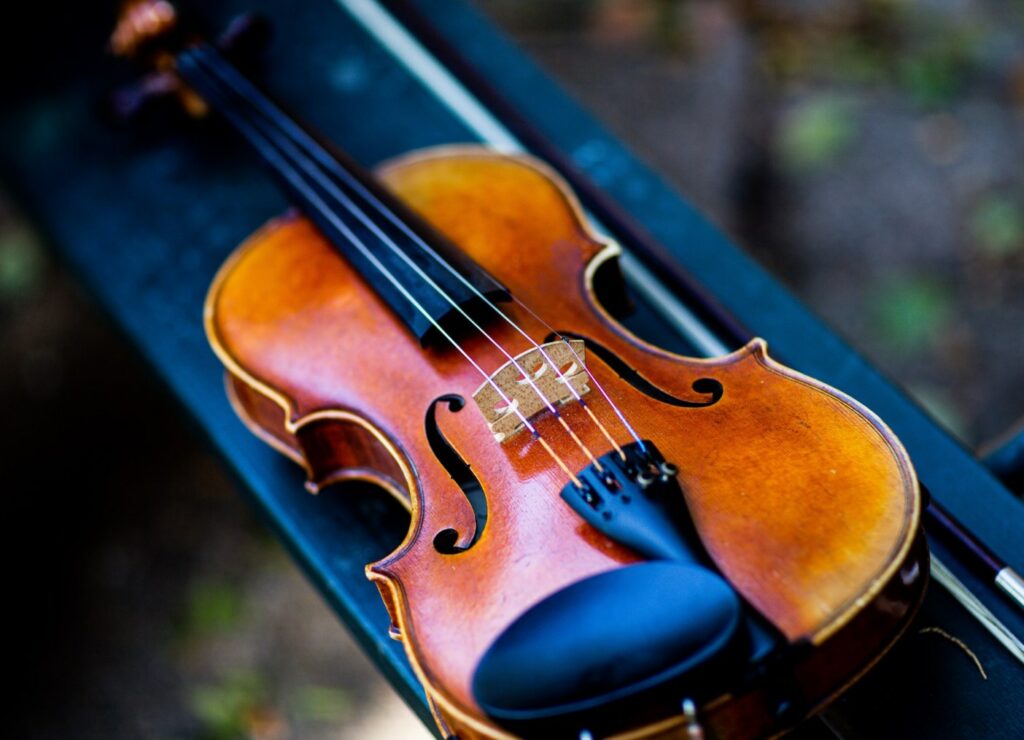
As I mentioned earlier, there is actually no difference between the structure of a violin and a fiddle – they are exactly the same thing. However, there are a couple of differences to take note of.
Firstly, let’s take a look at the strings. Both the violin and the fiddle are designed to be played with four strings, but both are capable of supporting an additional string. In both cases, the additional string provides a high ‘E’ note.
However, a fifth string is a much more popular option to fiddlers than to violins. In fact, many of my friends mistakenly told me that fiddles always have five strings. It’s very common, but it’s not essential, and many fiddle players perform with just four strings. On the other hand, violins almost always have four strings – whilst they do exist, it is pretty rare to encounter a five-stringed violin.
Fiddlers and violinists also have different preferences for the strings themselves – Gut or synthetic-core strings are the standards with orchestras and classical musicians, but fiddlers tend to use steel core strings instead. In addition to changing the feel of performing, these different strings present unique timbral profiles. I have personally always preferred the rich and sharp sounds of steel core strings.
Fiddle vs Violin: Styles of Music
Perhaps the most notable difference between the fiddle and the violin is the styles of music that they are used for. You will never hear of both the fiddle and the violin being within the same orchestra. That simply wouldn’t make sense. Instead, an orchestra or band might seek out a fiddler or a violist, depending on the style of music they wanted them to play.
Firstly, I’ll state the obvious – violins are generally found in orchestras playing classical music. The instrument could be used to perform a solo, or it may feature amongst other violinists. The violists will generally be reading from western notation, and as a result, they will have strict rules to follow. Every note has to be precise and exactly as it is noted, and there’s not much room for experimentation.
On the other hand, fiddles are generally found in less conservative musical environments – you will commonly hear the fiddle being played in folk music genres such as bluegrass or cajun. Generally, fiddlers will play within a band as opposed to an orchestra, and it is likely that the fiddler will not read from western notation.
That last point is essential to understanding the difference between the fiddle and the violin – let’s take a look at this further.
Fiddle vs Violin: Method of Playing
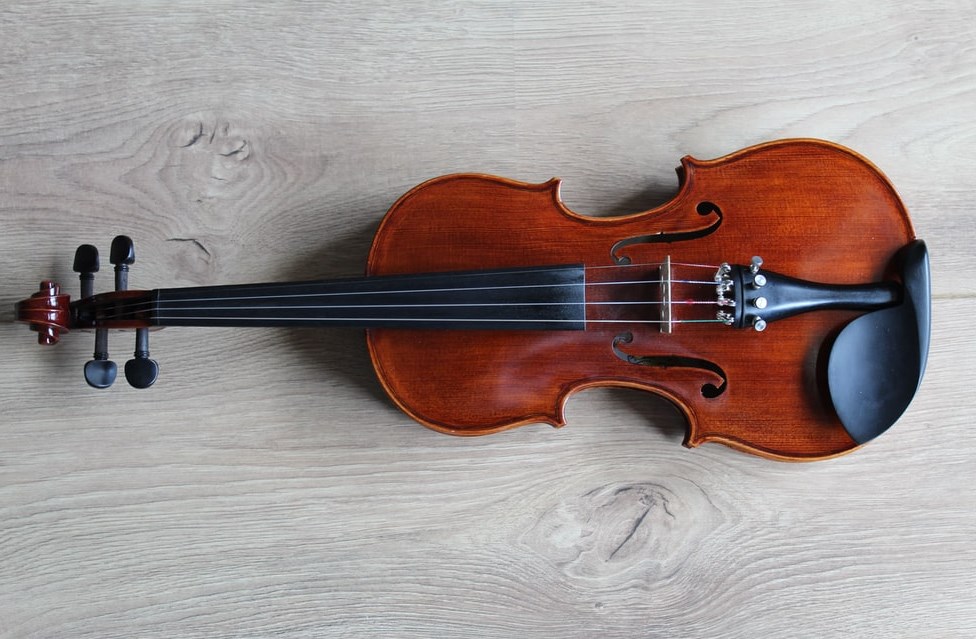
Instead of being read through western notation, fiddle performances are instead interpreted at the moment, and there aren’t many rules. The fiddler will be free to interpret the music in any way they choose.
For example, a fiddler may be performing in a jam band where it feels like it is his or her time to shine. They may play a few small flourishes or break into an appropriately placed solo, but this would never happen in classical music.
Furthermore, the lack of western notation results in there being no instructions regarding expression. Instead of having notes telling a player to be quiet, loud, or perform a vibrato, the fiddle player instead makes these decisions on the fly. If the rest of a band are crescendoing, then so will he. They are essentially just following the music.
It also always feels like the fiddle is simply played more clumsily and chaotically. There is no denying that there is something very elegant about watching someone play the violin – it is controlled, precise and well thought out. Whilst the fiddle can certainly be played in a beautiful manner, it will often be played faster and with more haste than one might play the violin.
I generally think of the fiddle as the electric guitar to the classical guitar. One must be played with precise and intricate details, whilst the other is used to freely express sounds at the moment, experiment, and break boundaries. That is essentially what the fiddle has achieved – it has presented an opportunity for violists to express themselves through an instrument however they want to.
Using the Words Fiddle and Violin to your Advantage
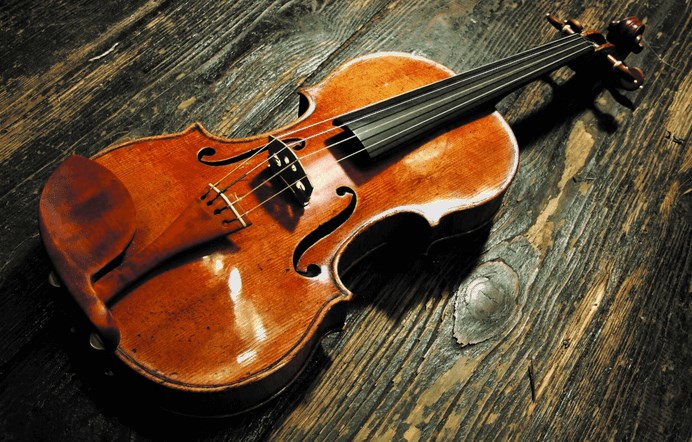
Whilst there may be hardly any physical difference between the fiddle and the violin, don’t be that person that says “they’re exactly the same.” Trust me – the last thing you would want is to turn up to a violin performance with your fiddle mindset on.
The two words essentially represent stylistic differences, so it’s important that you learn the difference. Many bands and jam groups will be searching for a fiddler who is virtuosic yet experimental in their performance. However, if you propose to join the band as a violinist, this might seem too formal and inappropriate for the band.
Similarly, turning up to an orchestra with the intention to play the fiddle would be a nightmare. The conductor would expect you to watch him closely and never fray away from the notation, and that’s just not how a fiddler performs.
Ultimately, you should always consider whether you have a musical preference that would determine you as a fiddler or a violinist. If you prefer to perform freely without constraints and in a more informal environment, looking for fiddler opportunities would be better suited to you. However, if you are a classically trained musician who thrives in an orchestra, you should be looking for violin opportunities.
Trust me, you don’t want to get these concepts mixed up – I have been in so many ridiculous rehearsals where someone turns up to play the fiddle when the orchestra was missing a violist!
Alternatives to the Fiddle and the Violin
The fiddle and the violin are common instruments within their own styles, but what if they are simply not for you? That’s fair enough, not everyone can like playing the same instrument, and luckily there are many alternatives out there.
Viola
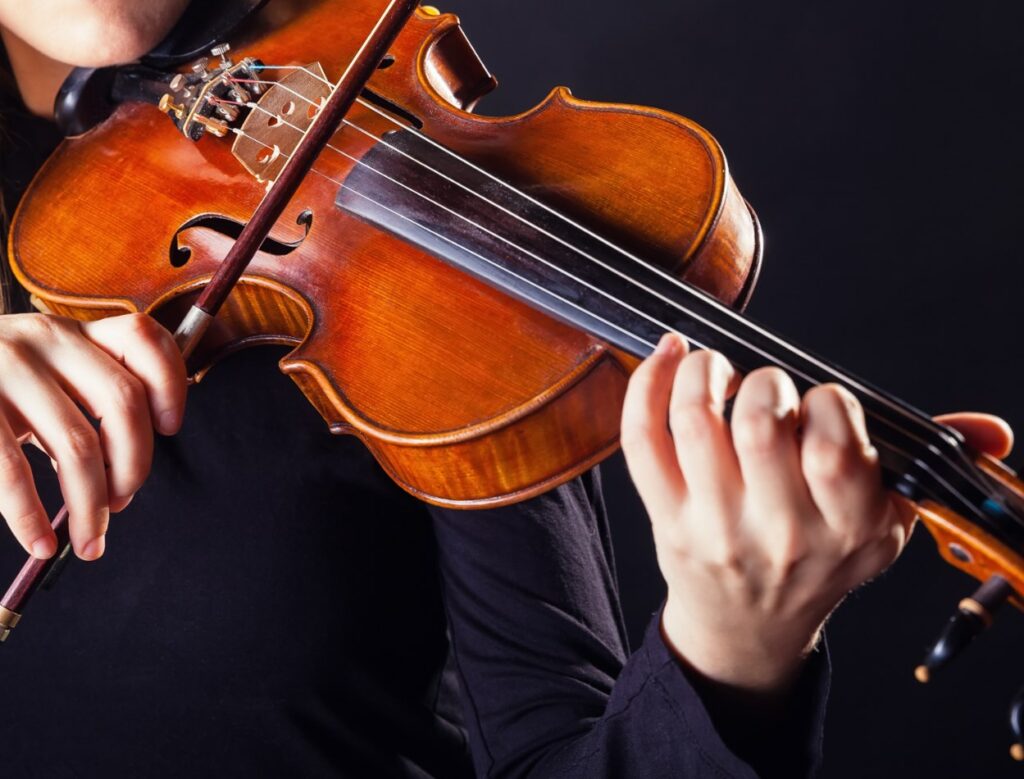
Firstly, there’s the viola – this may look very similar to the violin and the fiddle on the first gaze, but if you investigate closer, you will notice some differences. Most obviously, the viola is bigger than the violin, contrary to common belief.
This ultimately facilitates a larger note range, allowing the viola to play lower notes than the violin can. I love using a viola whenever I need to balance out the midsection of an orchestra. However, it must be noted that the violin has higher notes than that of a viola, so you simply need to think about your priorities in terms of note range.
Cello
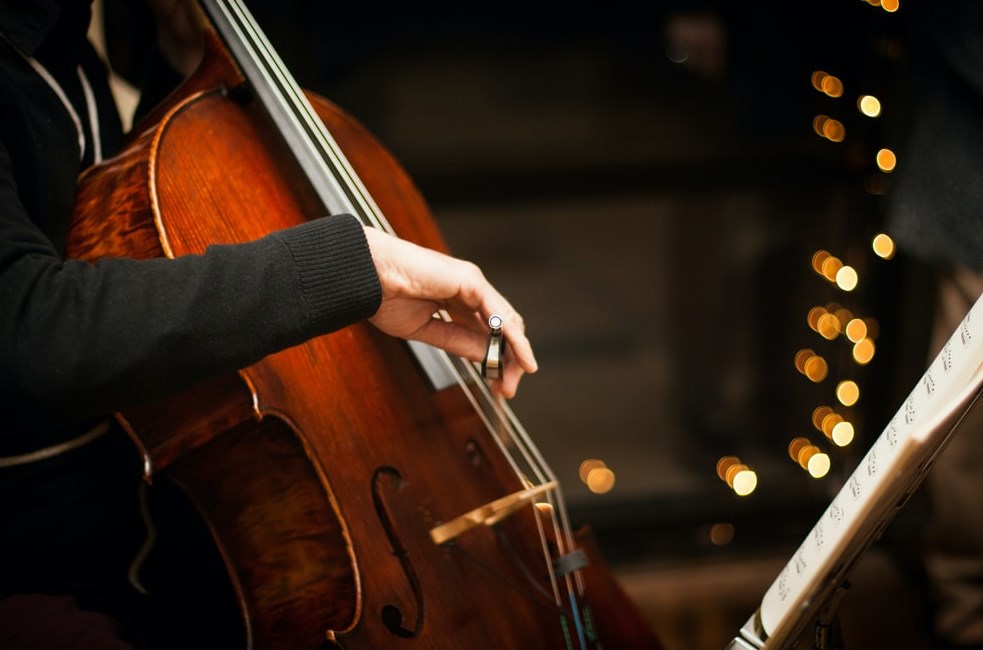
I’ve always enjoyed playing lead high melodies, hence why I love to play both the violin and the fiddle. However, music is built up of both high and low parts, so you could consider learning a bass-focused instrument such as the cello.
This is a very different instrument to both the violin and the fiddle – cellos are significantly larger, really heavy, and are performed from a sitting position. Much like the viola, the increased size of the cello results in much lower notes being accessible. These low notes can either be bowed or plucked much like with a viola, but you will generally need to stretch your fingers and hands out more to reach all the notes.
It’s overall a great option if you want to play bass parts in a composition, but remember that you will need to learn western notation and follow the same rules as violinists.
Banjo
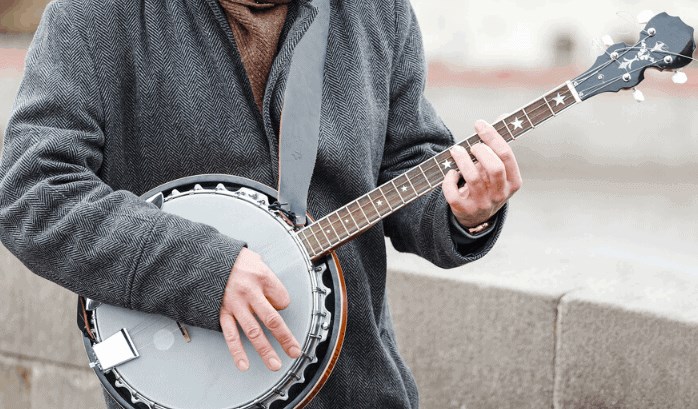
I remember when I realized that I preferred to jam out with an instrument in an informal folk setting as opposed to a classical environment – I really wanted to play the fiddle in a local band. Unfortunately, they already had a fiddle, but luckily I was able to provide my banjo skills instead!
The banjo is the anomaly within this comparison, as it is played completely differently without a bow. However, it’s another stringed instrument that is commonly found in folk ensembles and rarely within the rule-based performances of orchestras.
It might seem a bit out of place, but the banjo sounds absolutely fantastic when paired with a fiddle, so it’s always a good idea to learn both to adapt to any jamming scenario.
Violin/Fiddle Recommendations
While a fiddler might not be a violinist and a violinist might not be a fiddler, the instrument they play is the same. It’s genuinely in the technique you use to play, the strings you use, and the repertoire you play that determines whether you are playing a fiddle or violin.
If you want to learn either, it can be challenging to find the right instrument. I’ve rounded up some of my favorite violins for every budget.
Top Pick: OB1 Fiddlerman Violin
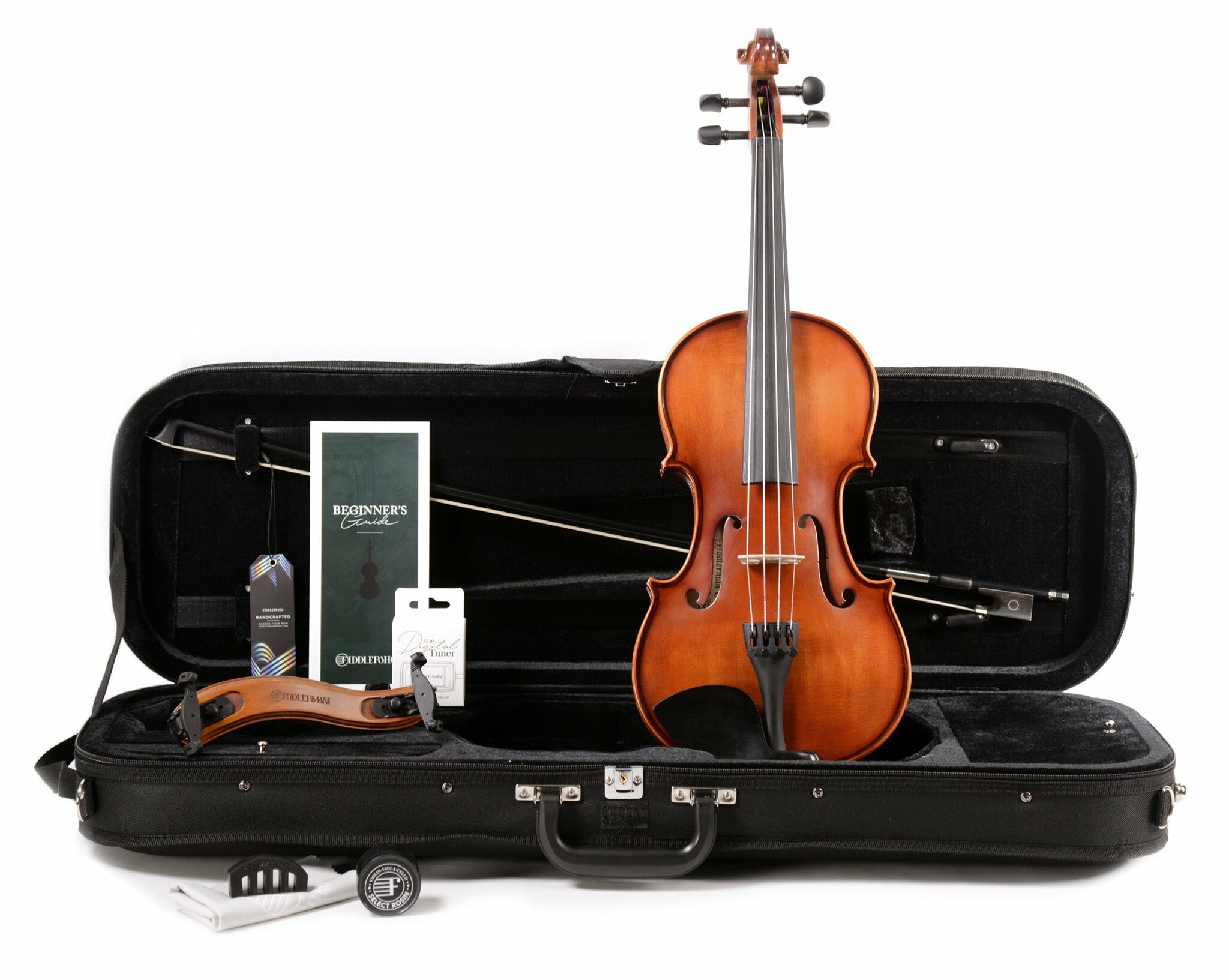
It would be a crime to talk about fiddles and not mention Fiddlershop. One of my favorite shops for all violin and fiddle needs. This is especially true for beginners or those that don’t have access to an in-person music store. They make several high-quality student violins perfect for beginners or even intermediate students looking to upgrade. The best part is that the outfits come with top-quality accessories, and the violins are set up and ready to play out of the case.
The OB1 is one of my favorites for students; it’s made with high-quality aged tonewoods and ebony fittings. The tailpiece is a lightweight carbon composite with built-in fine tuners, similar to a Wittner tailpiece. The fine tuners on these are pretty decent quality. They won’t break easily, something I have above-average concern over regarding student instruments.
The outfit includes a lightweight case with plenty of storage and a Fiddlerman Carbon Fiber Bow, which I currently use. It’s a great sturdy bow for a new student, and it can easily be replaced when it needs re-haired. There is an included shoulder rest, rosin, mute, and tuner. You’ll have everything you need for your first lesson except a pencil and a notebook.
Budget Pick: MV500 by Mendini

If you want to get started but need a serious budget instrument, don’t worry, I understand. The MV500 is an excellent starter violin with a beautiful sound for low prices. However, there are several downsides to Cecilio or Mendin instruments in general, but if someone needs something to get started they can typically do the job for a few years.
The pros to the MV500 include the slightly upgraded tonewoods that feature a one-piece maple back instead of two. This means extra care was taken into selecting the wood, and mature bigger trees were used vs smaller younger trees. This gives the violin more of a personality and rounded tone. The varnish is also beautiful with a dark antique finish. It’s a beautiful instrument that would fit the classical or fiddle look and style.
The cons come with the lack of setup, and quality control issues. Mendini is well known for struggling with poor quality control and bad setups. A trip to the luthier can fix for you, along with a new set of strings as the Cecilio ones are of poor quality. I recommend Prelude Strings for a fiddle. They are steel core and great for students or D’Addario Ascente or Fiddlerman branded strings for synthetic student strings. Dominants are also a student standard but more expensive.
The accessories aren’t that great either, and at the bare minimum, I recommend you get a new bow. A student-level carbon fiber bow from Fiddlerhsop or Cadenza will do just fine for a long time. The case, shoulder rest, and rosin will do alright for a while; by the time you need an upgrade, you should be looking into a new violin with a higher quality outfit.
Intermediate Pick: Antonio Guiliani Primo Violin from Kennedy Violins

Kennedy Violins is a popular brick-and-mortar location in the upper north-west of the United States. They carry a variety of violins at all different price points and playing levels. They also sell a number of their lower-end instruments on Amazon. Unfortunately at the current time shipping delays have caused a number of stock issues, especially with Amazon instruments. Luckily you can find the Antionio Guiliani Primo on their website in 1/4 to 4/4 sizes.
The Antonio Guiliani is a great student to step-up violin that will get you through several method books. It’s quite expensive but buying a higher quality student instrument means you won’t have to upgrade as quickly, and you’ll have an easier time learning. Made with high-quality tonewoods and set up very similar to the Fiddlershop violins with ebony fittings and a carbon composite tailpiece with built-in fine tuners.
These violins come fully set up and ready to play out of the case, which is also very nice. The violin comes strung with Prelude strings which are perfect for students. A Brazilwood bow, rosin, a tuner, intro to violin book, and extra strings are also included. Everything you need to get started!
Professional/Expensive Pick: Fiddlerman Master Violin

If you want to set yourself up for at least a decade, then look at the Fiddlerman Master Violin. This is the most expensive violin on this list. It packs a ton of quality and a lifetime structural warranty into an affordable package.
The violin is made from tonewoods that have been aged for a decade and a hand-rubbed varnish. They use top-quality materials during setup, including ebony fittings and high-quality bridges. The strings are chosen based on the violin but are typically Dominants or Visions. Visions are very bright, which is excellent for Fiddlers. I currently use them as a contemporary violinist. They are lovely versatile and hold their tune.
The outfit includes a lightweight case with plenty of storage, Fiddlerman Carbon Fiber Bow, shoulder rest, rosin, mute, polishing cloth, and tuner. Lastly, this violin comes in 7/8th size for full-grown but needs a smaller size. This pick is expensive, but it’s excellent quality and will keep you playing for many years to come!
FAQ
Answer: Structurally yes – fiddles are the same as violins, but they present a range of differences in terms of how they are set up and played.
Answer: No–fiddles can commonly be found with four or five steel core strings, whereas violins typically use four gut or synthetic core strings.
Answer: No – violins are generally found in formal orchestral arrangements for the performance of classical music, whereas fiddles are more common at informal music occasions such as band performances and live jams.
Answer: While it will certainly help you learn, many people would tell you that you do not need western notation to learn the fiddle, and you should instead use your ears, your sense of rhythm, and your imagination.
Conclusion
Who knew that the fiddle was exactly the same instrument as a violin!? Don’t worry. It’s not a very commonly known fact. The structure of the instrument is in fact exactly the same, but the string setups may be different and the instruments may be used differently.
You can still decide whether you would prefer to be a fiddle or violin player, though. Just ask yourself whether you would prefer to perform in controlled or relaxed environments or whether you would prefer to perform classical music or folk-rock.
I’ve personally always preferred the relaxed and expressionist style of fiddling, but there is no reason to just choose one. Instead, you could learn how to master both fiddling and violin playing, or at least try both styles to figure out which one works best for you.
For more interesting readings, check out:

